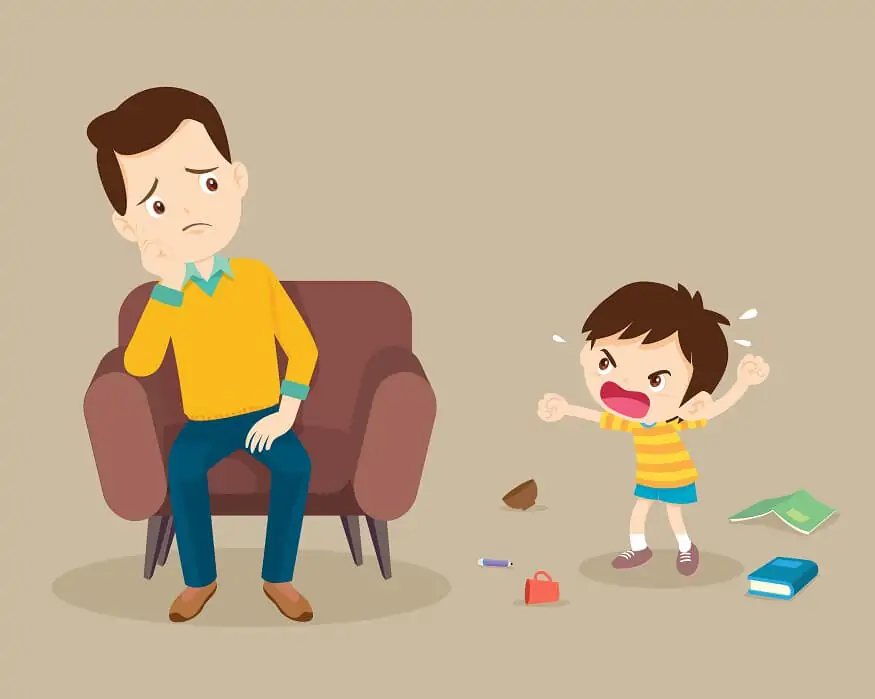

 Keeping a "meltdown diary" for a few days can help identify hidden triggers such as flickering lights, itchy clothing, or unrecognized hunger cues. By spotting these patterns, parents can take proactive steps to minimize triggers before they escalate into full-blown outbursts.
Keeping a "meltdown diary" for a few days can help identify hidden triggers such as flickering lights, itchy clothing, or unrecognized hunger cues. By spotting these patterns, parents can take proactive steps to minimize triggers before they escalate into full-blown outbursts. Children thrive on structure and routine. Simple transition rituals, like singing the same goodbye song every morning at daycare, help ease anxiety. Visual timelines with removable stickers allow children to "see" what’s coming next, making changes in routine less stressful.
Children thrive on structure and routine. Simple transition rituals, like singing the same goodbye song every morning at daycare, help ease anxiety. Visual timelines with removable stickers allow children to "see" what’s coming next, making changes in routine less stressful. Having a toolkit ready can make a big difference. Noise-dampening headphones can reduce sensory overload, chewy jewelry can help with oral sensory needs, and a designated "safe space" at home—equipped with a beanbag chair and a favorite stuffed animal—provides a comforting retreat.
Having a toolkit ready can make a big difference. Noise-dampening headphones can reduce sensory overload, chewy jewelry can help with oral sensory needs, and a designated "safe space" at home—equipped with a beanbag chair and a favorite stuffed animal—provides a comforting retreat.